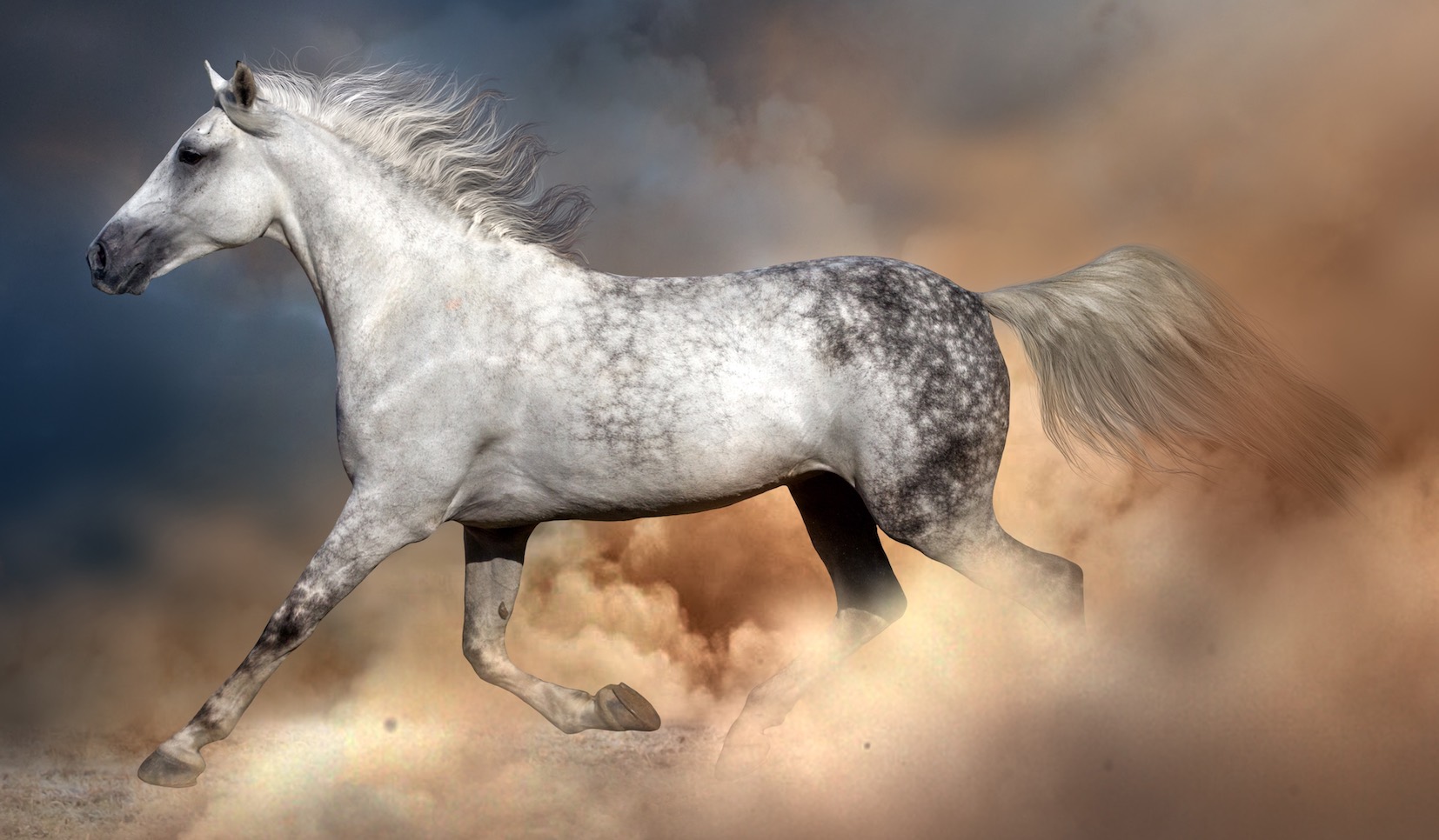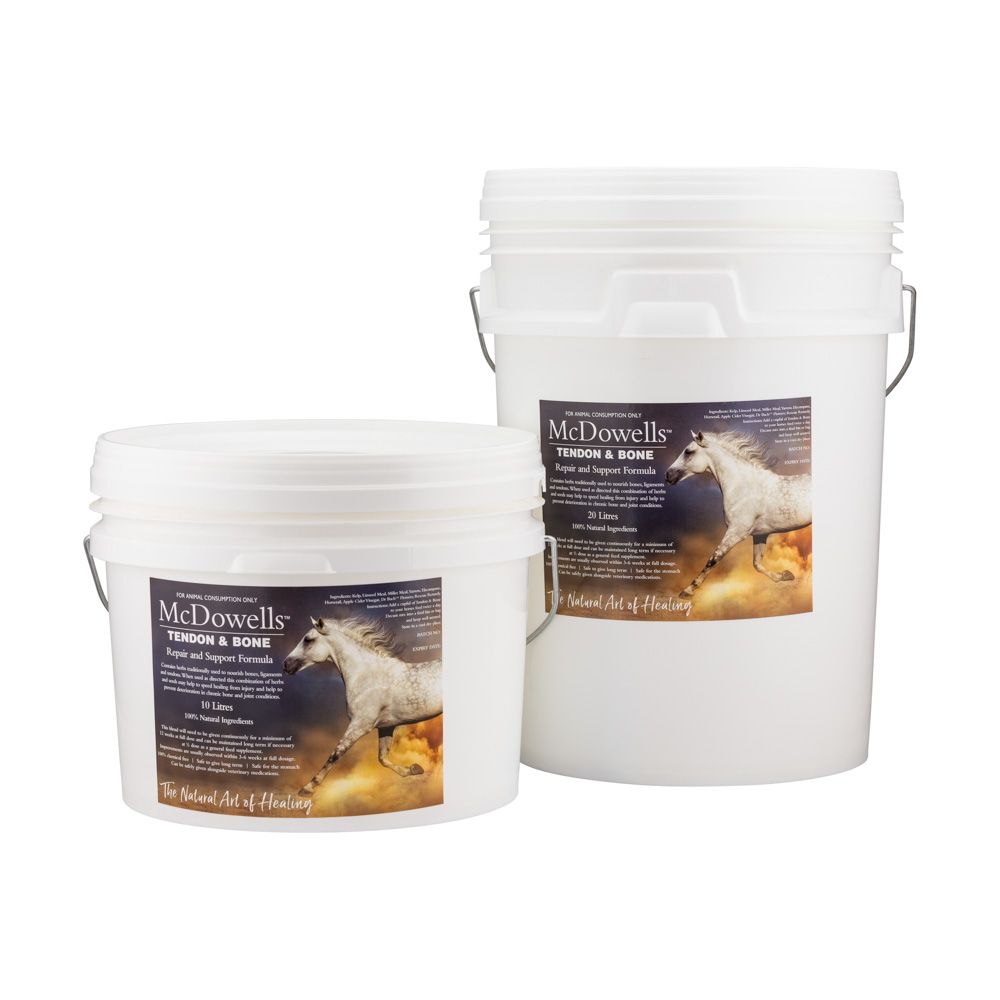Lameness, stiffness and soreness problems in horses are most often the result of structural problems which involve injury, calcification, decalcification, scar tissue and ligament damage of one sort or another, whether it be recent or in the past.

Bones
Many bone problems are preventable and can be traced back to treatment and training. For example, most two year olds have not matured enough for their bones to stand up to the work often demanded of some performance horses at that age.
Breaking in and shoeing horses, stabling and working them on hard surfaces and preparing them for performance sports such as racing is the main reason many ex-racers are plagued by bone and ligament problems. Putting them through a typical preparation for racing as a two year old is like taking 10 year old children and, while denying them any time to play, starting them in rigorous training for marathon road running or weight lifting.
Bone maturity problems in certain sections of the racing fraternity used to be addressed by the practice of 'Pin Firing' the shins of horses to artificially create scarred bone tissue in an effort to have them stand up to heavy work. This is barbaric and cruel, and is a practice that is illegal in all the EEC countries (including the UK), the USA, and is considered an 'unprofessional' practice by the Australian veterinary profession.
Nevertheless, pin firing continues - even though it is probably of very little value as the scarred bone tissue created will never have the flexibility and elasticity of healthily, matured bones.
In feeding horses for healthy bones, remember there is plenty of calcium and more importantly, plenty of silica, in naturally balanced and maintained pasture and dry feed diet. Feeding calcium supplements to horses that have access to natural grains and grasses only creates an imbalance, which is often detrimental.
Prepared/manufactured horse feed probably also contributes to weaknesses in the modern horse. This is because, although their chemical balances are all very carefully worked out and shown on the packages, the individual ingredients which are blended to create these balances are quite often not natural feed substances for horses, or not in the balance found in nature, and are therefore poorly metabolized.
Also, while it is possible to see if a particular batch of natural feed is not right by its look, smell or feel it is much more difficult to tell if the ingredients of prepared feeds were fresh or healthy when they were ground, blended and made into pellets. Then of course, once you crush a grain, you break down its protective shell and the goodness diminishes very quickly. It is far better to keep the feed as natural and unprocessed as possible.
Ligaments
Ligament problems are more difficult to prevent as they more often flow from accidents rather than from dietary or physical neglect. However, it is very simple to use herbs in the diet to ensure the maximum strength and elasticity in ligament development in horses.
Herbs For Structural and Ligament Problems
Oats and Millet - both contain especially high levels of organic silica compounds as well as carbohydrate and many other minerals.
As oats can be too hot for some situations, I would suggest that a daily cup of millet as a feed supplement is sufficient to ensure all the silica required to produce tough bones and to aid in recovery from injury.
Linseed - is specific for strength and elasticity of ligaments and attachment points. A cupful (boiled and drained as too much raw linseed can be toxic) daily in a young horse's diet and regular application of raw linseed oil to the legs of young horses is the very best thing you can do for a growing horse to avoid a working life plagued by ligament injuries.
Both millet and linseed appear in my most popular formulation, Tendon and Bone, which dramatically increases the speed of healing of all these sorts of injuries and prevents them from becoming chronic by completely resolving the injury.
Wintergreen and Arnica - are applied topically (externally), specifically to improve the circulation around healing, and these are important in assisting the healing process in limb injuries.
Both Wintergreen and Arnica are ingredients I include in my creams and oils, but great care must be taken not to make them too strong if you are making them yourself. Slow healing in the equine hoof and lower limb is a direct result of its design and the fact that blood flow is very sparse. Application of Wintergreen and Arnica in anything but the tiniest amounts can cause blistering and counterproductive swelling in most areas of the lower limb. Also neither of these ingredients should be applied too close to open wounds as neither are antiseptic, and in the early stage of injury they can slow the healing by over stimulating blood flow near open wound.
Arnica dramatically reduces the swelling associated with all bruising. What is not commonly appreciated is that it also improves the circulation within the bones themselves and will therefore speed healing and to prevent a region of bone bruising area from becoming the site for arthritic problems or even bone cancer in later years.
Yarrow - is a herb which in extract form closes off blood vessels and acts as an astringent to help close up open wounds. Yarrow also stimulates bone marrow health and the production of red blood cells within the bone marrow again supporting the resolution at the most profound levels of damage or weakness following strain or injury.
White Willow Bark - is a herb containing natural salicylates and it is where the first aspirin was produced from. Of course, after humankind learned to produce the active ingredients chemically and were able to patent them, we were no longer interested in the herb, (which incidentally, as a whole herb produces no irritation to the stomach whatsoever). White Willow is a useful ingredient in a bone and ligament treatment program as it reduces inflammation naturally and will reduce stiffness and soreness to allow a more even exercise program during recovery without masking pain artificially, as do drugs.
Elecampane - in spite of occasional bad press, is the most important herb in speeding up healing of structural injuries. Mashed up Elecampane leaves mixed with Linseed Oil makes a poultice which will astound you with the speed at which ligament or bone injuries will completely resolve themselves when used in conjunction with the an appropriate selection of other herbs above.
Conclusion
In conclusion it should be clear that there are a large number of simple and inexpensive ways in which herbs can be used to both aid in the maturity of bones in young competition horses, and to repair and resolve injury and strain occasioned by workload or injury. These preventative programs and injury treatments should always be the first considered and you should manage them yourselves. Veterinary medicine and surgery should be reserved for those occasions when herbal and home remedies and programs need assistance. It is usually not even necessary to carry out many of the standard tests, scans and X-ray examinations to attempt to exactly verify the site or nature of the injury as this mostly does not justify in terms of improved treatment the cost of such procedures.
Herbs will aid in healing and recovery from injury wherever it is found in the body. Therefore every time you are treating a specific problem the herbs will also seek out other areas of past or impending weakness and take advantage of the opportunity to resolve these without your even knowing it is going on. Preventative Maintenance is the first and best place to start in ensuring good health.
The exact same herbs discussed above can form the basis of a program for bringing on young stock so that they have much healthier, more mature and more elastic ligaments and bones. Further, these measures are so blindingly simple, cheap and of obvious benefit, that it is impossible to understand why their use is not standard practice in all rearing and training operations.




